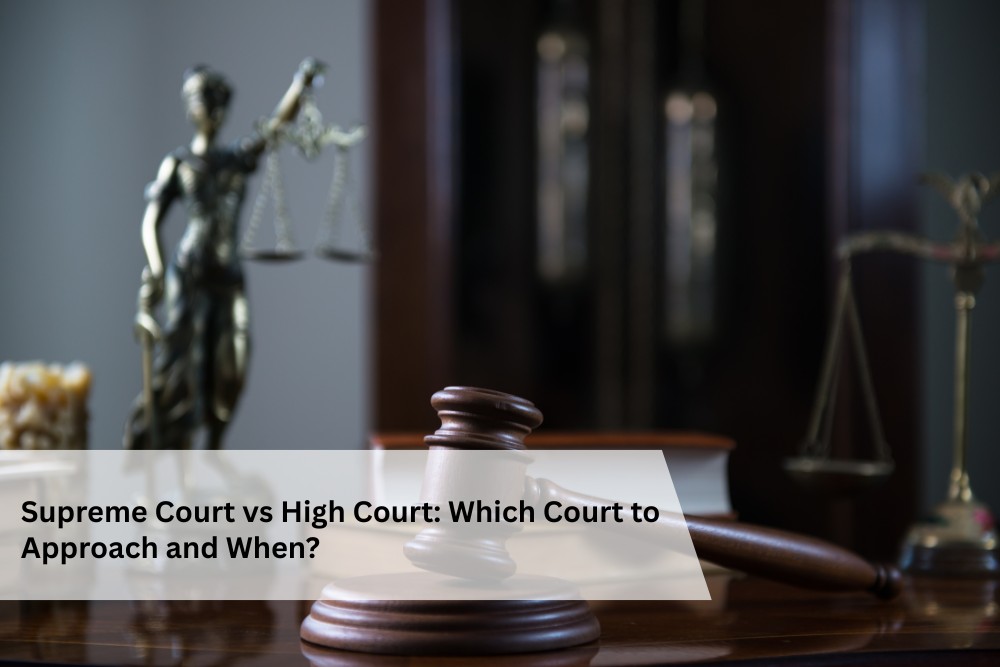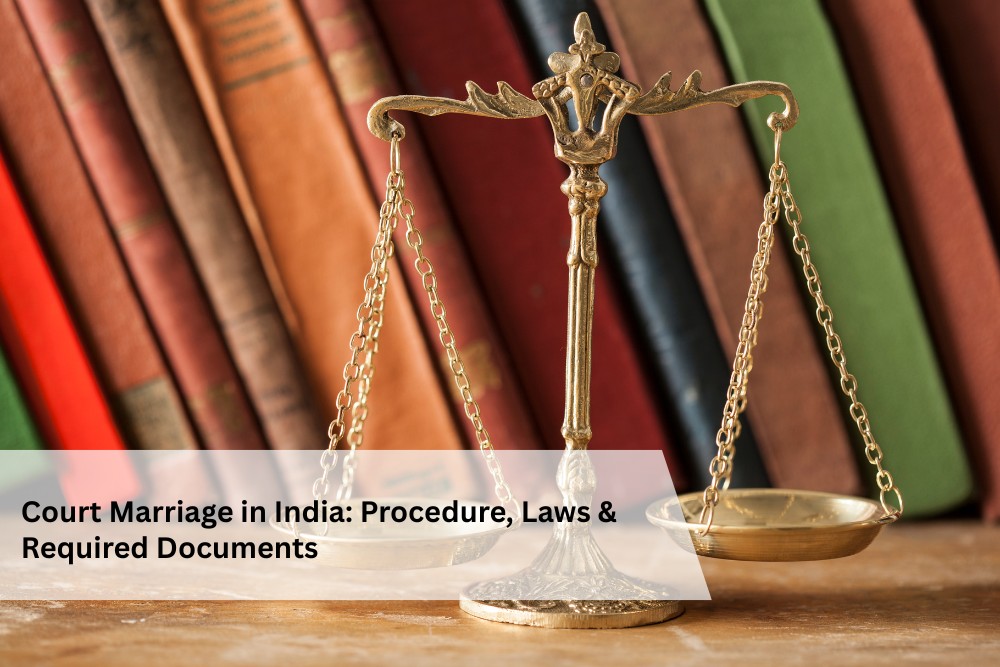
Crime is an act that is forbidden by law as well as by the moral standards of society. To address criminal conduct India has a structured justice system. The justice system responsible for handling crime in India is known as the Criminal Justice System.
The conviction rate of criminal offences is notably low. Research indicates that out of 100 complaints only 16 lead to convictions. This low conviction rate highlights the inefficiency of the Indian Criminal Justice System.
The Indian Criminal Justice System includes three key elements: the police the prosecutor and the judiciary. The involvement of multiple agencies often leads to delays and procedural inefficiencies reducing public confidence in the system.
In India the main provisions related to criminal law are found in the Indian Penal Code 1860 and the Criminal Procedure Code 1973. In addition to these there are other substantive laws that define specific offences as crimes with procedures governed by the Criminal Procedure Code.
The Vohra Committee was the first to recommend reforms in the Indian Criminal Justice System. Later the Malimath Committee also suggested several reforms:
-
Increase the number of judges
-
Create a separate bench in High Courts for judges specialized in criminal law
-
Allow courts to summon any person connected to the case even if not listed as a witness
-
Make legal codes available in multiple languages
-
Modify Article 20(3) of the Constitution
Reasons Behind the Inefficiency of the Criminal Justice System
-
Lengthy Procedure: The process of criminal justice administration involves three stages:
-
Investigation
-
Inquiry
-
TrialThese stages take significant time. In many cases it takes over a year to even begin the trial which leads to delays in justice.
-
-
Outdated Laws: Many criminal laws have not been updated which results in misuse by government agencies and creates difficulties for the judiciary in delivering fair justice.
-
Delays in Justice: The justice delivery system is slow and often takes years for cases to reach judgment.
-
Corruption: Corruption acts as a major obstacle. Cases are often resolved outside the legal process through bribery or misuse of power. Influential individuals use money or status to escape legal consequences.
-
Technology-driven Crime: In the modern technological era crimes have become more complex. The existing investigation process outlined in outdated codes is not equipped to handle modern challenges which leads to poor investigation and further delays.
-
High Legal Costs: The criminal justice process is expensive. Many people cannot afford legal representation which leads to a loss of faith in the justice system.
From the above discussion it is evident that India follows the adversarial model of criminal justice. While this model aims to protect the rights of the accused it also presents several loopholes that hinder the effective delivery of justice.






